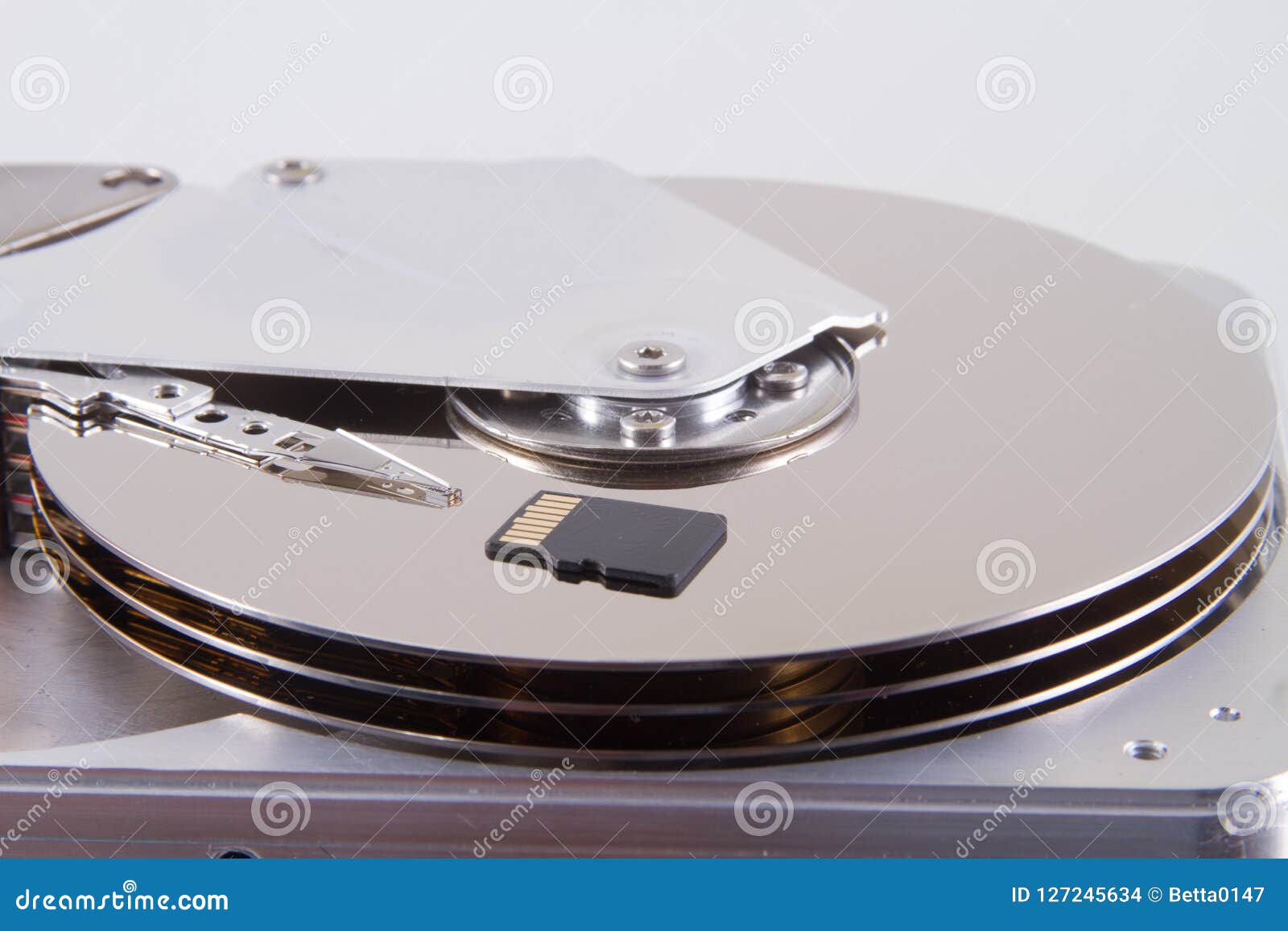

- HARD DRIVE VERY SLOW POWER ON TIME MANUAL
- HARD DRIVE VERY SLOW POWER ON TIME WINDOWS 10
- HARD DRIVE VERY SLOW POWER ON TIME SOFTWARE
- HARD DRIVE VERY SLOW POWER ON TIME DOWNLOAD
So be sure to always create a separate partition for the OS and don’t save anything else on it come what may. Unfortunately, most users do not know about this fact and they keep on piling their personal data (in addition to the OS) on the same SSD, which literally bogs it down big time. Perform defragmentation for the SSD drive by selecting it and clicking the Optimize button.Īs a rule of thumb, the SSD needs to be at least 20 percent empty so as to perform at optimal speeds.Now search for defrag and open Defragment and Optimize Drives.Perform the Disk Cleanup process for the SSD to rid if of all the junk.Search for Disk Cleanup in the Start menu.
HARD DRIVE VERY SLOW POWER ON TIME WINDOWS 10
Windows 10 enables you to do so very easily.

You need to optimize it from time to time to restore it to its original spick and span shape. The SSD accumulates junk just like the rest of the computer.
HARD DRIVE VERY SLOW POWER ON TIME SOFTWARE
Just like any other piece of software that acts as the eyes and the minds of the hardware, the firmware of the SSD is surely not an exception. To fix it, simply go to BIOS Settings, look for the OnChip SATA Type and set it to AHCI. If this mode is disabled, the computer can encounter crashes or even see the notorious blue screen of death. The AHCI Mode helps bring the best out of the SSD. Therefore, be sure to always purchase a SATA cable from a well-known manufacturer. Also note that the first SATA port has the highest speed, as claimed by most technical blogs.Īnother reason the SSD performance is not meeting your expectations is that the SATA cable is either defective or of a poor quality make. So the boot device should be connected to this one.

This controller specifically has the highest speed. Usually, motherboards built on Intel chipsets contain an Intel SATA controller.
HARD DRIVE VERY SLOW POWER ON TIME MANUAL
It isn’t that simple to identify the SATA Port, hence you should refer to the motherboard’s manual in order to correctly determine it. The speed of the port bears heavily on the SSD ’s performance. Most motherboards these days have SATA 3Gbps / SATA 6Gbps ports. The updated BIOS will include compatibility for new hardware, improved cache functions and other user-friendly hardware tweaks as well.
HARD DRIVE VERY SLOW POWER ON TIME DOWNLOAD
You can download the latest version of BIOS from the website of your computer’s manufacturer. (First priority should be given to SSD ).Īnother more common reason for the poor performance of a SSD in Windows is due to an outdated BIOS. Change the boot sequence of HDD and SSD.Restart your computer and boot into BIOS.And even if you suspect that you’ve made a change which you shouldn’t have, there is always an option to restore BIOS to its default values to bail you out on such occasions.Īnother reason the SSD drive is slow is that the bootup sequence is incorrectly configured as a hard drive on top priority means it will take a lot longer for it to fetch and loads the operating system. Don’t worry nothing wrong will happen so long as you don’t change a value that is critical. However, with a little bit of intelligent exploration, you can easily make your way through and do the trick. Note: The exact titles for the options and the procedure to navigate as well as disable them will vary from one motherboard to another. This resulted in a decrease of the system boot-up time upto 15 seconds. Many users have reported that the painfully slow performance of the SSD simply vanished once they disabled the onboard VGA feature of their computer. This software adheres to Clean Software Association Guidelines Sweep clean Software junks to optimize their performance.Clean up Internet junk to optimize its speed.Optimize as well as clean up the System Cache.ST Cleaner is one of the best system optimizer and system cleaner in town. Let’s take a look at the reasons and their solutions that lead to a visible slowdown in the SSD’s performance in Windows 10. A Solid State Drive ( SSD ) can greatly slow down due to multiple reasons, as is evident with every mechanical device. However, sometimes the SSD doesn’t really slow down on its own but an issue related to an external factor is causing this to happen.


 0 kommentar(er)
0 kommentar(er)
